
ASP.NET 2.0 Everyday Apps For Dummies (2006)
.pdf
Chapter 7: Building a Product Maintenance Application 257
<asp:RequiredFieldValidator
ID=”RequiredFieldValidator7” runat=”server” Display=”Dynamic” ControlToValidate=”txtThumbnail” ErrorMessage=”Required.” /><br />
<asp:Label ID=”Label8” runat=”server” BorderStyle=”None” Width=”80px” Text=”Image URL:” />
<asp:TextBox
ID=”txtImage” runat=”server” ReadOnly=”False” Width=”200px” BackColor=”LightBlue” Text=’<%# Bind(“image”) %>’/>
<asp:RequiredFieldValidator
ID=”RequiredFieldValidator8” runat=”server” Display=”Dynamic” ControlToValidate=”txtImage” ErrorMessage=”Required.” />
<br /><br />
<asp:LinkButton ID=”LinkButton1” runat=”server” CommandName=”Insert” Text=”Insert”
/>
<asp:LinkButton ID=”LinkButton2” runat=”server” CommandName=”Cancel” Text=”Cancel” CausesValidation=”False”/>
</InsertItemTemplate>
</asp:FormView>
<asp:SqlDataSource ID=”SqlDataSource2” 35 runat=”server”
ConnectionString=
“<%$ ConnectionStrings:ConnectionString
%>” |
|
ConflictDetection=”CompareAllValues” |
|
OldValuesParameterFormatString=”original_{0}” |
|
OnDeleted=”SqlDataSource2_Deleted” |
|
OnUpdated=”SqlDataSource2_Updated” |
|
OnInserted=”SqlDataSource2_Inserted” |
|
SelectCommand= |
36 |
“SELECT [productid], [catid], |
|
[name], [shorttext], [longtext], |
|
[price], [thumbnail], [image] |
|
FROM [Products] |
|
WHERE ([productid] = @productid)” |
|
InsertCommand=”INSERT |
37 |
INTO [Products] |
|
([productid], [catid], [name], |
|
[shorttext], [longtext], [price], |
|
[thumbnail], [image]) |
|
(continued)

258 Part IV: Building Back-End Applications
Listing 7-7 (continued)
VALUES (@productid, @catid, @name, |
|
@shorttext, @longtext, @price, |
|
@thumbnail, @image)” |
|
UpdateCommand=”UPDATE [Products] |
38 |
SET [catid] = @catid, [name] = @name, |
|
[shorttext] = @shorttext, |
|
[longtext] = @longtext, |
|
[price] = @price, |
|
[thumbnail] = @thumbnail, |
|
[image] = @image |
|
WHERE [productid] = @original_productid” |
|
DeleteCommand=”DELETE |
39 |
FROM [Products] |
|
WHERE [productid] = @original_productid” > |
|
<SelectParameters> |
40 |
<asp:ControlParameter |
|
ControlID=”GridView1” |
|
Name=”productid” |
|
PropertyName=”SelectedValue” |
|
Type=”String” /> |
|
</SelectParameters> |
|
<InsertParameters> |
41 |
<asp:Parameter Name=”productid” |
|
Type=”String” /> |
|
<asp:Parameter Name=”catid” |
|
Type=”String” /> |
|
<asp:Parameter Name=”name” |
|
Type=”String” /> |
|
<asp:Parameter Name=”shorttext” |
|
Type=”String” /> |
|
<asp:Parameter Name=”longtext” |
|
Type=”String” /> |
|
<asp:Parameter Name=”price” |
|
Type=”Decimal” /> |
|
<asp:Parameter Name=”thumbnail” |
|
Type=”String” /> |
|
<asp:Parameter Name=”image” |
|
Type=”String” /> |
|
</InsertParameters> |
|
<UpdateParameters> |
42 |
<asp:Parameter Name=”catid” |
|
Type=”String” /> |
|
<asp:Parameter Name=”name” |
|
Type=”String” /> |
|
<asp:Parameter Name=”shorttext” |
|
Type=”String” /> |
|
<asp:Parameter Name=”longtext” |
|
Type=”String” /> |
|
|
|

Chapter 7: Building a Product Maintenance Application 259
<asp:Parameter Name=”price” Type=”Decimal” />
<asp:Parameter Name=”thumbnail” Type=”String” />
<asp:Parameter Name=”image” Type=”String” />
<asp:Parameter Name=”original_productid” Type=”String” />
</UpdateParameters>
<DeleteParameters> 43 <asp:Parameter Name=”original_productid”
Type=”String” /> </DeleteParameters>
</asp:SqlDataSource>
<asp:SqlDataSource ID=”SqlDataSource3” 44 runat=”server”
ConnectionString=
“<%$ ConnectionStrings:ConnectionString
%>”
SelectCommand=”SELECT [catid] FROM [Categories]
ORDER BY [catid]”> </asp:SqlDataSource>
<asp:Label ID=”lblMessage” 45 runat=”server”
EnableViewState=”False” ForeColor=”Red” />
</td>
</tr>
</table>
<asp:LinkButton ID=”LinkButton1” 46 runat=”server”
PostBackUrl=”~/Default.aspx”
CausesValidation=”false” > Return to Home Page
</asp:LinkButton>
</asp:Content>
Whew! That was a long listing. Any listing that long deserves a correspondingly long list of explanations (might as well kick back for a read):
1 The Page directive specifies the Master Page and other information for the page. Note that to use the Visual Basic version of the code-behind file (shown in Listing 7-9), you must change the
AutoEventWireup attribute to false.
2 The <Content> element provides the content that’s displayed in the <ContentPlaceHolder> element of the Master Page.
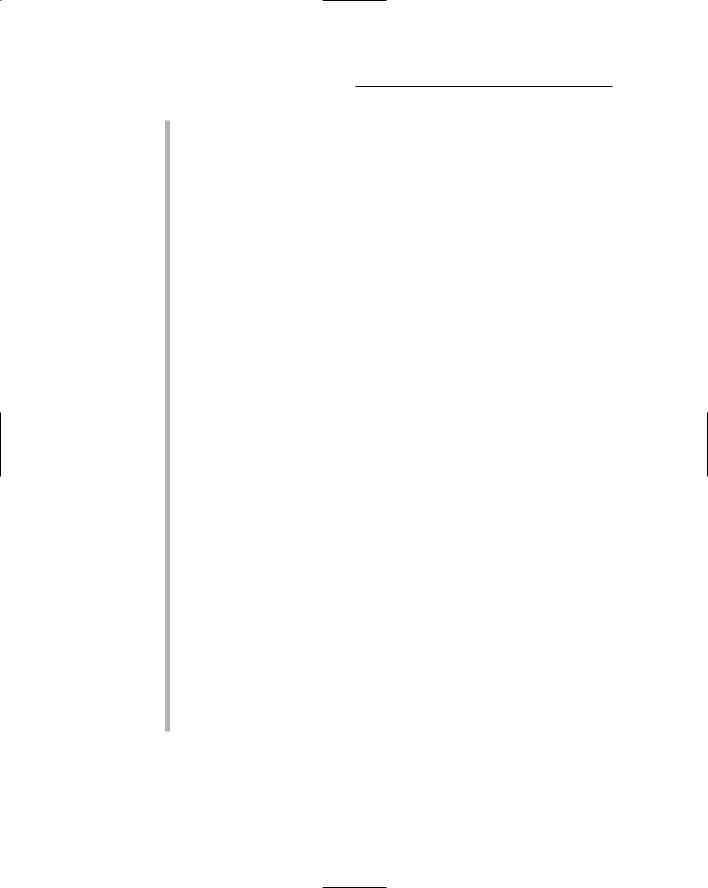
260 Part IV: Building Back-End Applications
3 An HTML table displays the GridView and FormView controls side by side. The table consists of a single row with two columns, one for the GridView, the other for the FormView.
4 The GridView control displays the products from the Products table so the user can select a product to update or delete. The data source is SqlDataSource1, and paging is enabled. As a result, only ten product rows are displayed at a time.
5 The first column defined for the GridView control displays the productid field from the data source.
6 The second column displays the name field.
7 The third column is a command field that displays a Select link. When the user clicks this link, the indicated product is selected — which (in turn) displays the detail data for the selected product in the FormView control.
8 The first data source, named SqlDataSource1, provides the data displayed by the GridView control. Its Select statement simply selects all rows from the Products table.
9 The FormView control displays the detail data for the product selected by the GridView1 control. Note that the connection to the GridView1 control isn’t specified in the FormView control itself. Instead, the data source that the FormView control is bound to (SqlDataSource2) handles this relationship.
10 The FormView control uses templates to specify how its data is to be displayed. The first of these is the EmptyDataTemplate — used when the data source has no data — in which case, the FormView control displays this instruction: Please select a product. In addition, a link lets the user place the FormView control in Insert mode by specifying New for the CommandName attribute.
11 The ItemTemplate displays the data for the row selected
by the data source. This template consists of several labels and text fields that display product data; the text boxes are all marked read-only so the user can’t change their contents. (Note that I could have used labels instead of text boxes to display the data in the item template. Then I wouldn’t have to
use the ReadOnly attribute. I chose to use read-only text fields instead because I wanted the bordered look provided by the TextBox control.)
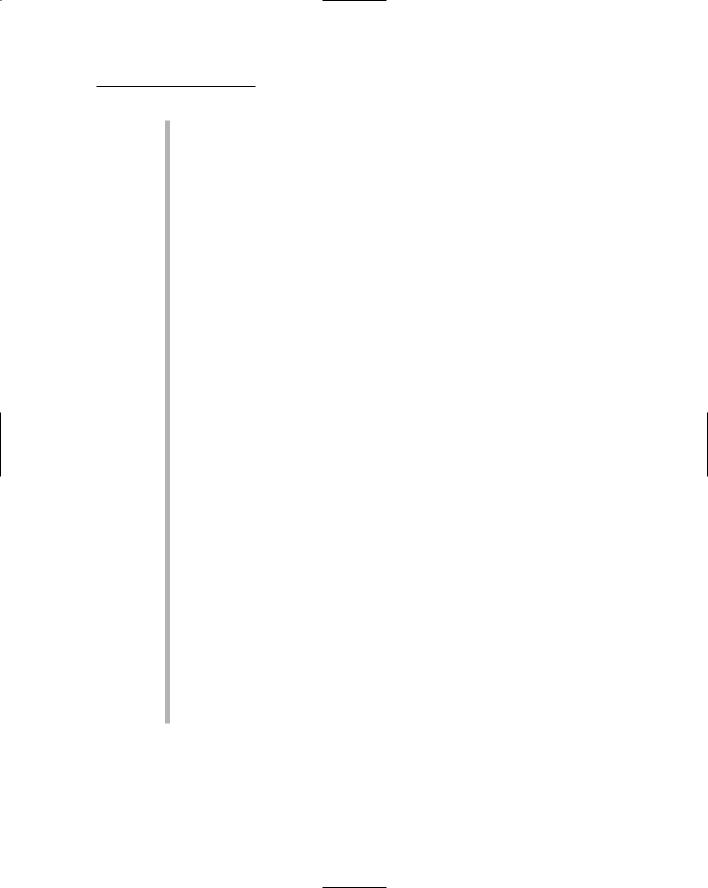
Chapter 7: Building a Product Maintenance Application 261
12 The first text box in the item template displays the product ID. Note how an ASP.NET 2.0 binding expression is used to bind the Text property of the text box to the productid field of the data source. The new Eval method provides a simple way to provide one-way binding for display-only fields.
13 The next TextBox control displays the category ID. Here, the Bind method is used instead of the Eval method to provide two-way (input and output) data binding.
14 This text box displays the product name.
15 This text box displays the shorttext field of the data source. Note that the MultiLine attribute is specified for the text box so the user can enter more than one line of text.
16 This text box displays the longtext field — again, using the MultiLine attribute so the user can enter more than one line of text.
17 This text box binds to the price field of the data source. In this case, a format string is used along with the Bind method to apply currency formatting to the price.
18 This text box displays the thumbnail field.
19 This text box displays the image field.
20 This link button, which appears at the bottom of the item template, allows the user to edit the product data. Note that the CommandName attribute specifies Edit as the command name. The FormView control displays the EditItemTemplate, defined in line 23, when the user clicks this button.
21 This link button lets the user delete the product. Its CommandName attribute specifies Delete as the command name. As a result, the product row is automatically deleted when the user clicks this button.
22 The New link button displays the InsertItem template, defined starting at line 34. Then the user can enter the data for a new product.
23 The EditItemTemplate defines the data that’s displayed when the user clicks the Edit link, placing the FormView control in Edit mode. As you can see, the contents of this template are very similar to the contents of the item template.
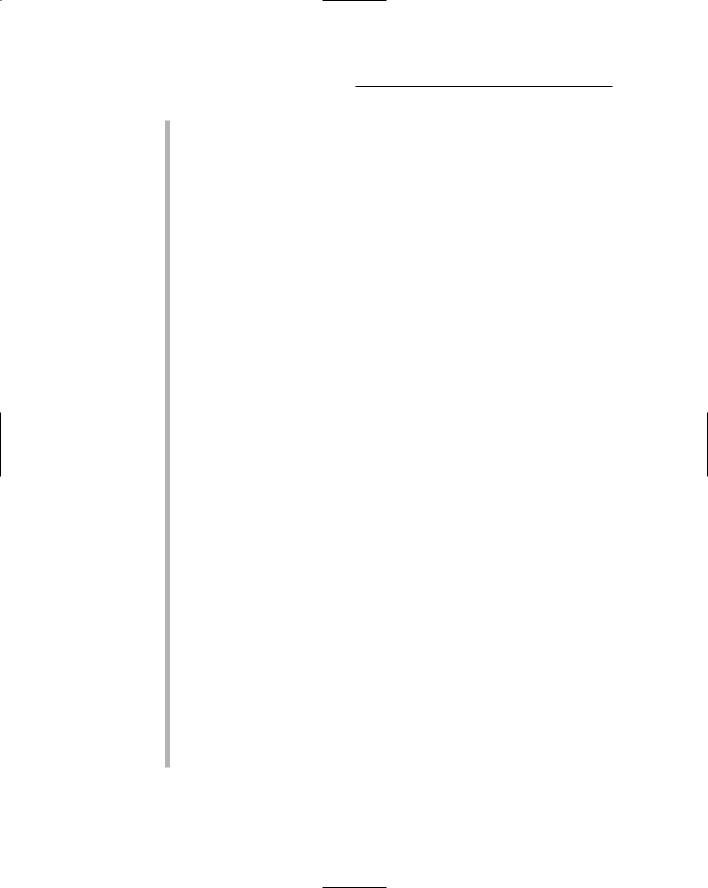
262 Part IV: Building Back-End Applications
24 The text box for the product ID is read-only to prevent the user from modifying the product ID column of the Products table.
25 Instead of typing into a text box, the user chooses a product category from a drop-down list bound to SqlDataSource3 (which is defined in line 44).
26 The next text box is bound to the name field. Note that it is followed by a RequiredFieldValidator control so the user must enter a name for the product.
27 This text box is bound to the shorttext field. A RequiredFieldValidator control requires the user to enter a value for this field.
28 The text box for the longtext field is also followed by a
RequiredFieldValidator.
29 The text box for the price field does not use a format string to apply the currency format to the price. That’s to avoid the dollar sign (or other currency symbol), which can complicate the parsing required to convert the string value of the Text property
to a decimal value when the data is entered. Notice also that in addition to a RequiredFieldValidator, this field also uses a CompareValidator to ensure that the user enters a valid number.
30 The text box for the thumbnail field uses a RequiredFieldValidator to ensure the user enters a value.
31 The text box for the image field is also associated with a
RequiredFieldValidator.
32 This link button’s CommandName attribute is set to Update. As a result, the database is updated with new information when the user clicks this link.
33 The CommandName attribute of this link button is set to Cancel. As a result, whatever data the user enters is discarded when this link is clicked, and the database is not updated.
CausesValidation = “False” is specified so the page’s validators are ignored when the user clicks this link.
34 The InsertItemTemplate template is displayed when the FormView control is placed in Insert mode. The controls defined for this template are the same ones defined for the
EditItemTemplate template.
35 This SqlDataSource control, named SqlDataSource2, provides the data for the FormView control. The OnDeleted, OnUpdated, and OnInserted attributes specify the methods
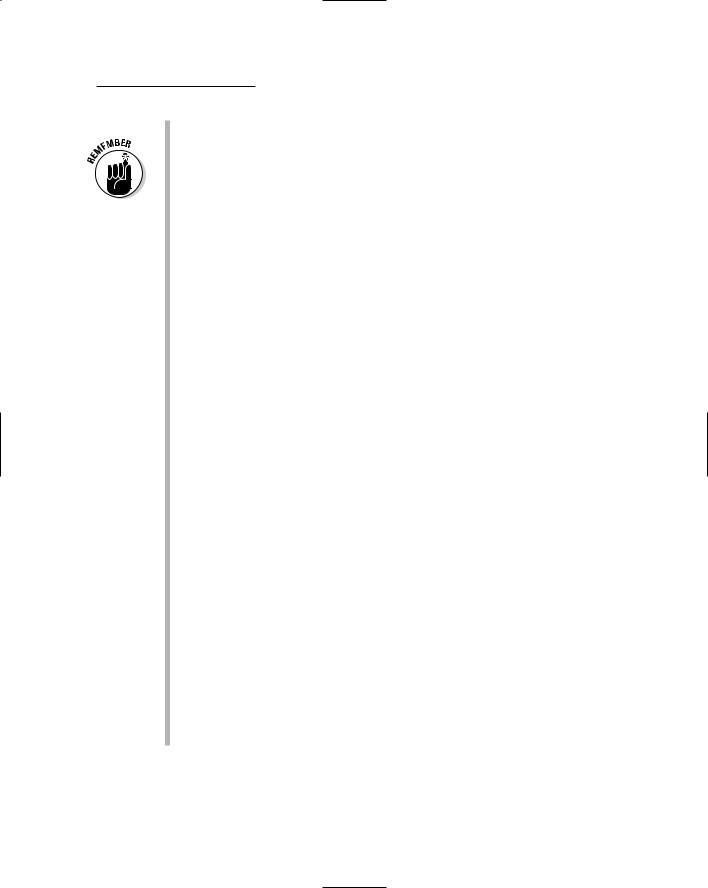
Chapter 7: Building a Product Maintenance Application 263
called to handle the Deleted, Updated, and Inserted events for the data source.
If you’re using the Visual Basic version of the code-behind file for this page, you should omit these attributes.
36 The SelectCommand attribute provides the SELECT statement that retrieves a specific product from the Products table. Notice that the WHERE clause uses the @productid parameter. As you can see in line 40, this parameter comes from the SelectedValue property of the GridView control. As a result, this data source retrieves the Product row selected by the user via the GridView control.
37 The InsertCommand attribute specifies the INSERT statement that inserts a new row into the Products table.
38 The UpdateCommand attribute specifies the UPDATE statement that updates product rows.
39 The DeleteCommand attribute specifies the DELETE statement that deletes products.
40 The <SelectParameters> element defines the parameters used by the SELECT statement. In this case, only one parameter is used: a Control parameter that’s bound to the SelectedValue property of the GridView1 control. Thus the value of this parameter is automatically set to the product ID selected by the user (via the GridView control).
41 The <InsertParameters> element provides the parameters used by the INSERT statement.
42 The <UpdateParameters> element provides the parameters used by the UPDATE statement.
43 The <DeleteParameters> element provides the parameters used by the DELETE statement.
44 The third data source used by this page, SqlDataSource3, retrieves all rows from the Categories table and uses them to
populate the Categories drop-down list in the EditItemTemplate and InsertItemTemplate templates of the FormView1 control.
45 A label control named lblMessage appears beneath the FormView control. This label displays messages about the success or failure of database updates.
46 Finally, a link button provides a convenient way for the user to get back to the menu page.
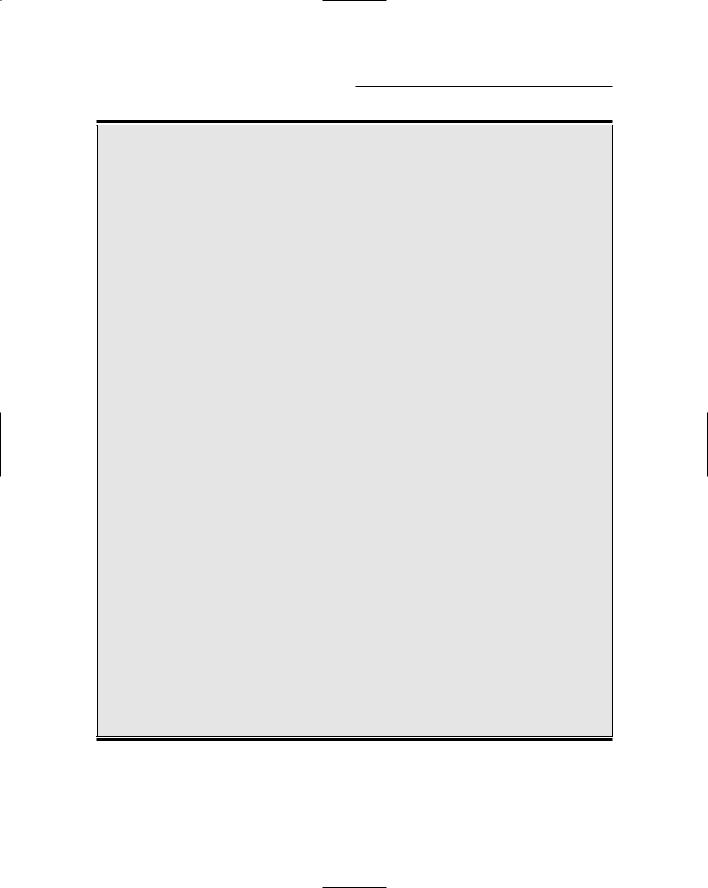
264 Part IV: Building Back-End Applications
The FormView Control
The new FormView control is similar to the DetailsView control used in the Product Catalog application (shown in Chapter 5). The main difference is that the DetailsView control renders its data using an HTML table — with one row for each field in the data source. In contrast, the FormView control is based on templates that you supply. Then it’s up to you to specify exactly how you want to render the data.
The FormView control lets you create one or more of the following templates:
EmptyItemTemplate: This template is rendered if the data source is empty.
ItemTemplate: Used to display data in Read-Only mode.
EditItemTemplate: Used to render data when the FormView control is in Edit mode.
InsertItemTemplate: Used to render data when the FormView control is in Insert mode.
HeaderTemplate: Displayed at the top of the control.
FooterTemplate: Displayed at the bottom of the control.
PagerTemplate: Displayed when paging is enabled.
You can use the Eval or Bind methods in binding expressions to display data from the data source in a template. For example, here’s a label that’s bound to a data-source field named lastname:
<asp:Label ID=”lblLastName” runat=”server”
Text=’<%# Eval(“lastname”) %>’/>
And here’s a text box bound to the same field:
<asp:TextBox ID=”txtProductID” runat=”server” Width=”100px”
Text=’<%# Bind(“lastname”) %>’/>
Notice that you have to use Bind instead of Eval when you want the binding to be twoway — that is, for input as well as for output.
A template can include a link that specifies a command name via the CommandName attribute. Then when the user clicks the link, the specified command will be sent to the FormView control. The following commands are allowed:
Edit: Places the FormView control in Edit mode and displays the
EditItemTemplate template.
New: Places the FormView control in Insert mode and uses the
InsertItemTemplate.
Update: Accepts changes made while in Edit mode and updates the data source.
Insert: Inserts a row using data entered while in Insert mode.
Cancel: Cancels Edit or Insert mode and ignores any changes.
Delete: Deletes a row.
Page: Used to support paging operations.
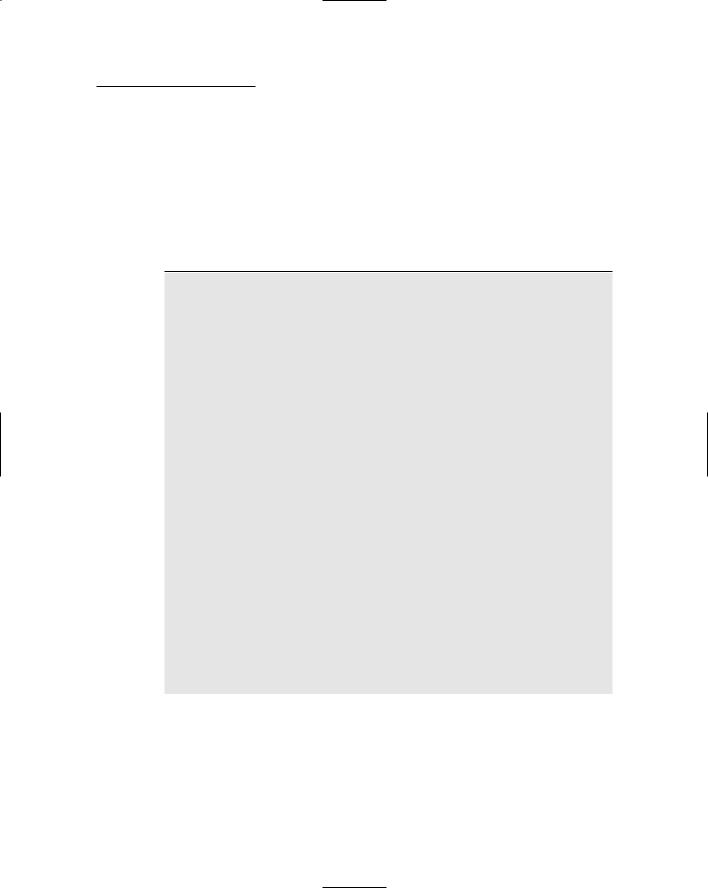
Chapter 7: Building a Product Maintenance Application 265
The code-behind file for the Product
Maintenance page
Like the CatMaint.aspx page, the ProdMaint.aspx page requires a codebehind file. The C# version of this code-behind file is shown in Listing 7-8, and Listing 7-9 shows the Visual Basic version.
Listing 7-8: The code-behind file for the Product Maintenance page (C#)
using System; using System.Data;
using System.Configuration; using System.Collections; using System.Web;
using System.Web.Security; using System.Web.UI;
using System.Web.UI.WebControls;
using System.Web.UI.WebControls.WebParts; using System.Web.UI.HtmlControls;
public partial class ProdMaint : System.Web.UI.Page |
|
{ |
|
protected void SqlDataSource2_Deleted( |
1 |
object sender, |
|
SqlDataSourceStatusEventArgs e) |
|
{ |
|
if (e.AffectedRows == 0 | e.Exception != null)
{
lblMessage.Text = “<br />Product could not “ + “be deleted. Please try again.”;
e.ExceptionHandled = true;
}
else
{
lblMessage.Text = “<br />Product deleted.”; GridView1.SelectedIndex = -1; this.DataBind();
}
}
(continued)

266 Part IV: Building Back-End Applications
Listing 7-8 (continued)
protected void SqlDataSource2_Updated( |
2 |
object sender, |
|
SqlDataSourceStatusEventArgs e) |
|
{ |
|
if (e.AffectedRows == 0 | e.Exception != null) |
|
{ |
|
lblMessage.Text = “Product could not “ |
|
+ “be updated. Please try again.”; |
|
e.ExceptionHandled = true; |
|
} |
|
else |
|
lblMessage.Text = “Product updated.”; |
|
} |
|
protected void SqlDataSource2_Inserted( |
3 |
object sender, SqlDataSourceStatusEventArgs e)
{
if (e.AffectedRows == 0 | e.Exception != null)
{
lblMessage.Text = “Product could not “ + “be inserted. Please try again.”;
e.ExceptionHandled = true;
}
else
{
lblMessage.Text = “Product inserted.”; this.DataBind();
}
}
}
As you can see, the code-behind file consists of just three methods:
1 SqlDataSource2_Deleted: This method is called when a row has been deleted from the Products table — whether or not the row was successfully deleted. As a result, both the AffectedRows and the Exception properties are checked to see whether an error occurred. If so, an appropriate error message is displayed in the lblMessage label. If the deletion was successful, what shows up is a message indicating that the product was deleted. Then the SelectedIndex property of the GridView control is set to -1 automatically to deselect the row, and the DataBind method is called to re-bind the controls.
